The combination of live action with animation is nothing new and over the years has been used to enhance storytelling and mix human characters with anthropomorphic animals and other fantastical creatures. This article will look at only a few of the most well-known and maybe a couple that aren’t so well known or remembered. In some cases, the characters know they are interacting with cartoons and that is part of the story, in other cases, the cartoons are meant to represent real locations and characters without the live actors acknowledging that they animated.
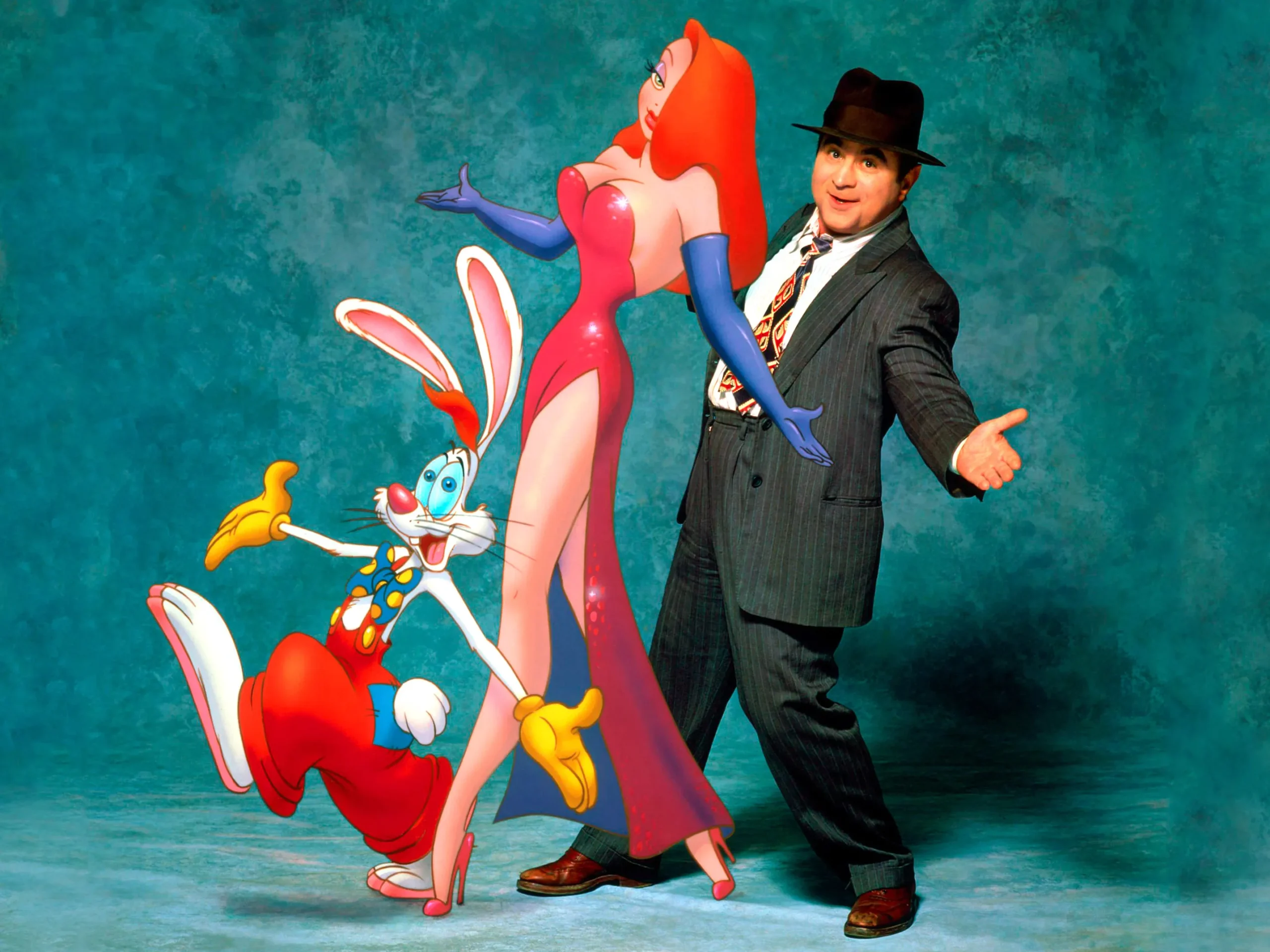
Who Framed Roger Rabbit (1988)
Probably the best known of the movies to mix animation with live acting, the plot is loosely based on the 1981 novel Who Censored Roger Rabbit? by Gary K. Wolf. The story takes place in a1947 alternative universe Hollywood where toons and humans coexist. Private Detective Eddie Valiant (Bob Hoskins) is hired to clear Roger Rabbits name who has been framed for murder. Along the way, Eddie uncovers a plot to destroy Toontown as a get rich scheme from the bad guy, Judge Doom (Christopher Lloyd).
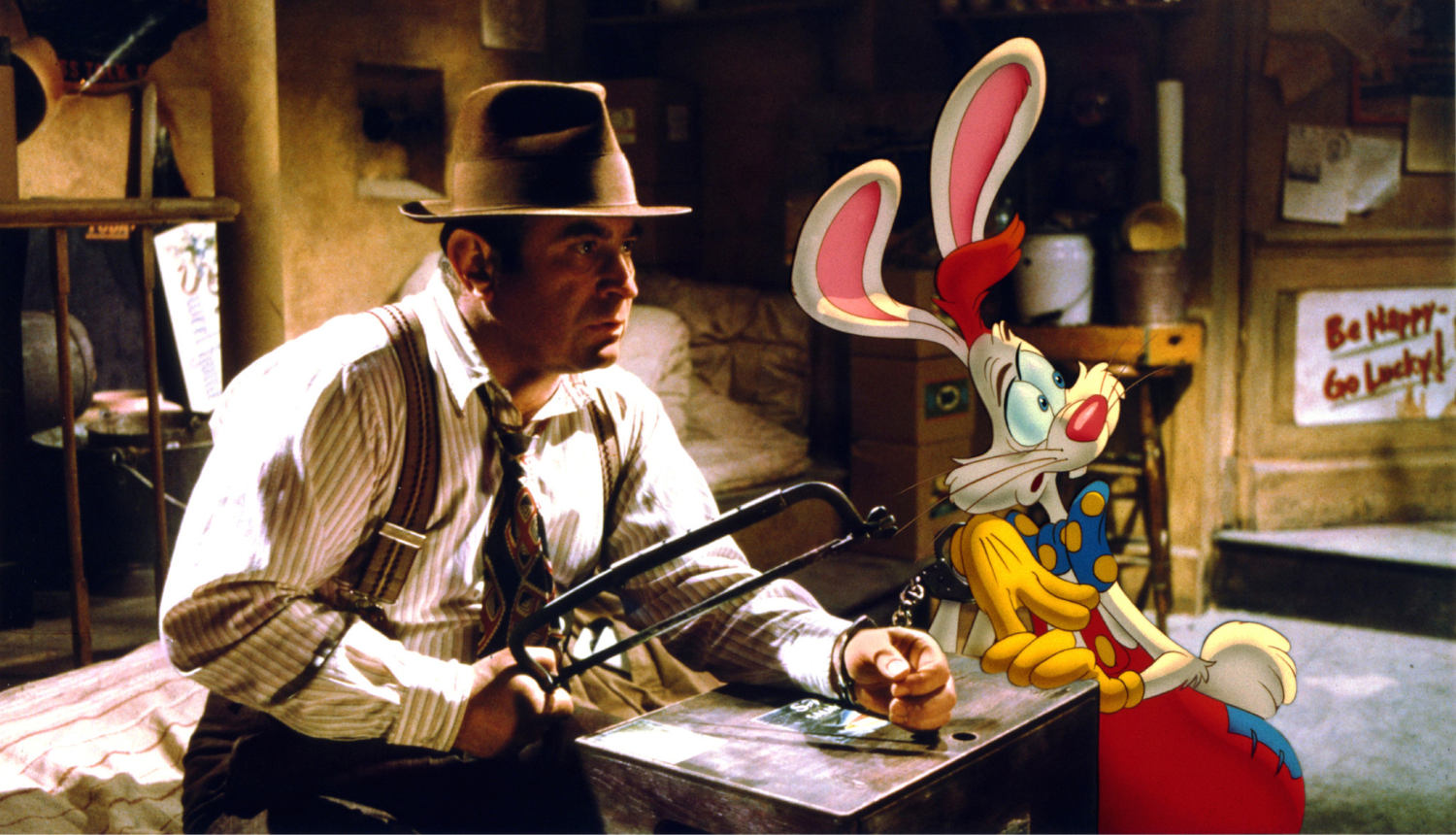
Directed by Robert Zemeckis, this film was a financial and critical success and ushered in a resurgence in the golden age of animation as well as being a contributing factor to what is called the Disney Renaissance. The film won three academy awards for film editing, sound effects editing and visual effects. It also has one of the best lines in cinematic history, “I’m not bad, I’m just drawn that way” said by Jessica Rabbit an uncredited Kathleen Turner.
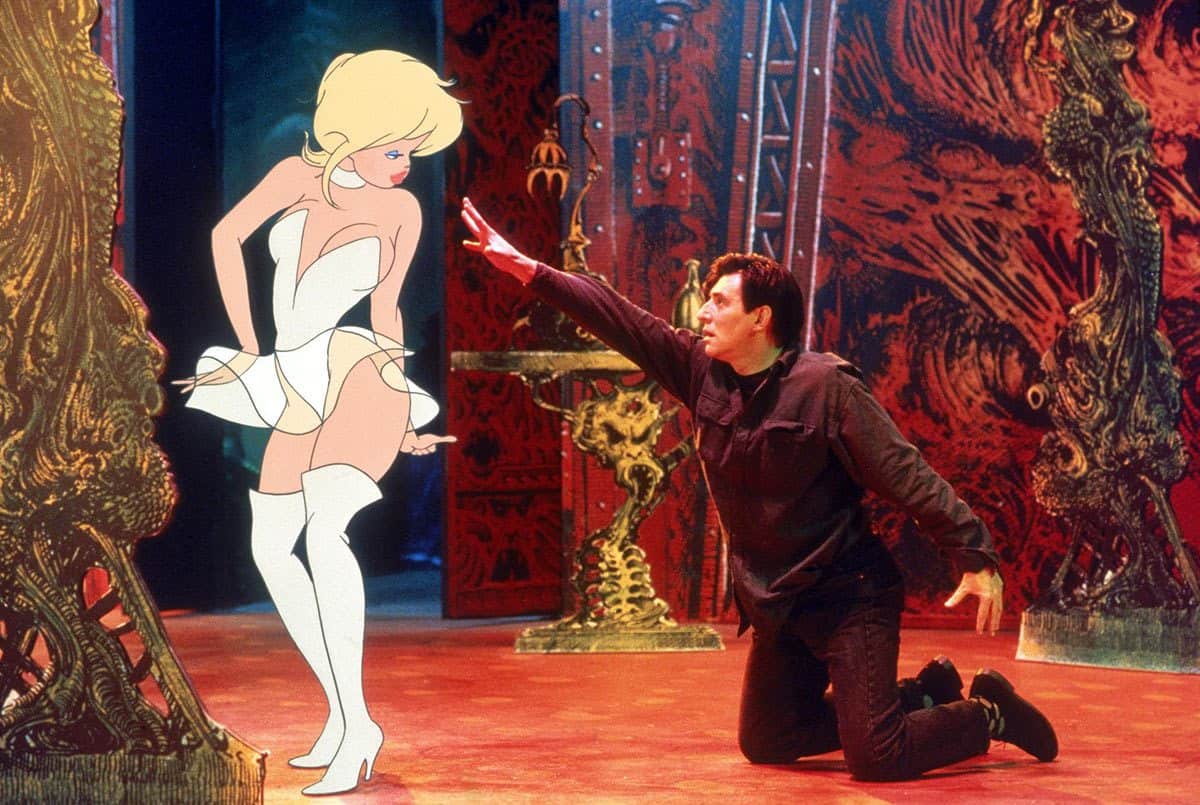
Cool World (1992)
Like the afore mentioned Roger Rabbit, Cool World sees humans interacting and acknowledging animated characters within the storyline. Frank Harris (Brad Pitt) is a World War II veteran who was transported to Cool World, a cartoon based alternate reality where he becomes a private detective. One of his main jobs is to make sure the “doodles” a.k.a. animated characters do not have sex with humans which they call “noids” as that is the only way for a doodle to become a noid, but that also leads to instability between the two universes. Holli Would (Kim Basinger), a doodle, wants to be a noid and is looking for her chance to escape, which comes when modern world cartoonist and creator of the Cool World comic series, Jack Deebs (Gabriel Byrne) gets transported to Cool World, which he thought he created from his imagination. He finally succumbs to Holli’s advances and the resulting effects of her becoming a noid threatens the very fabric of the universe.
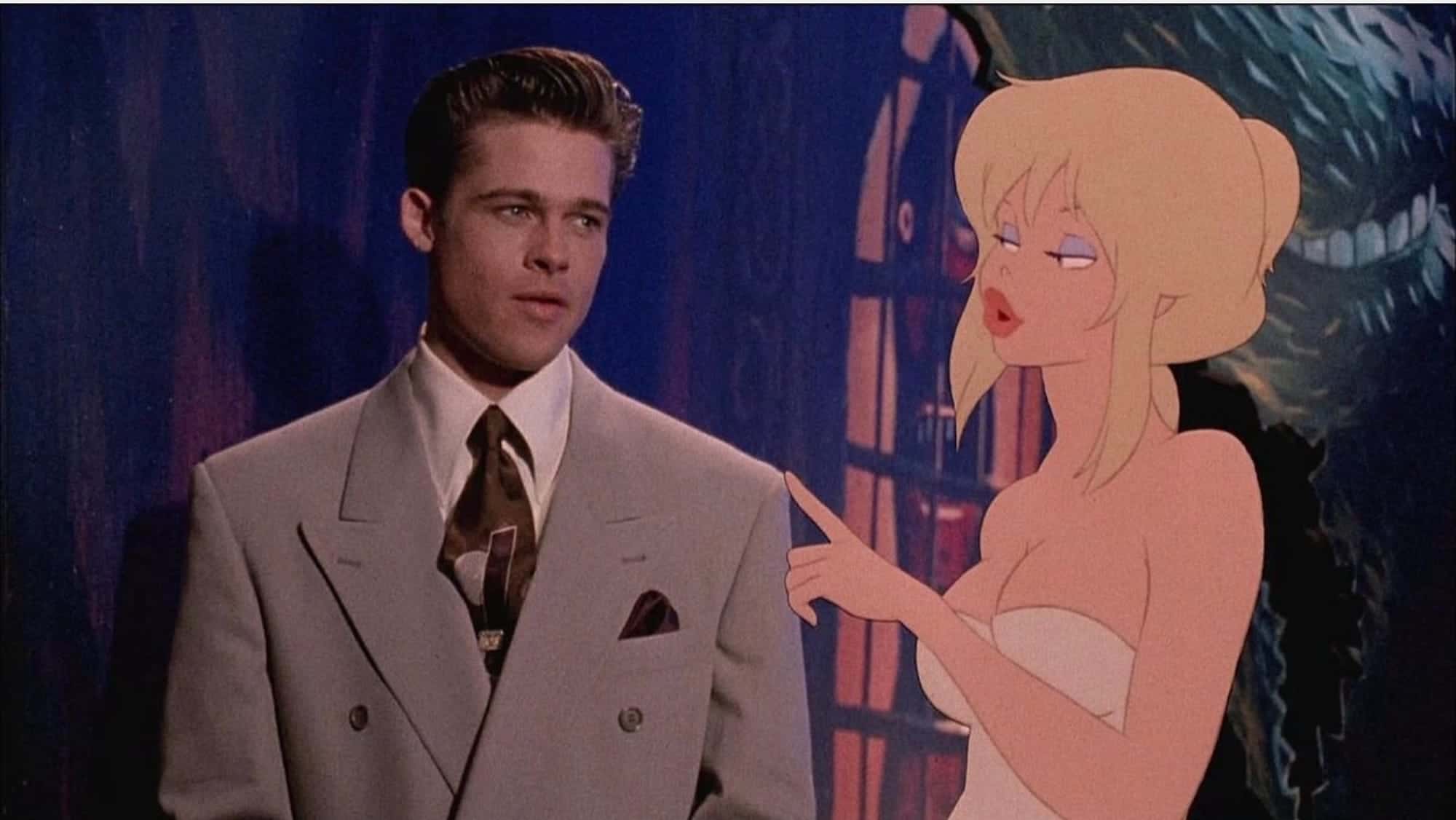
Unlike the afore mentioned Roger Rabbit, Cool World was not a success, in fact it was a critical and financial disaster. Created and directed by Ralph Bakshi, the production of the film became tumultuous when conflicts between producers and Ralph caused massive rewrites resulting in a less than stellar film. The one thing it did have was a wonderful tag line, “Holli would if she could” playing on the main female characters name.
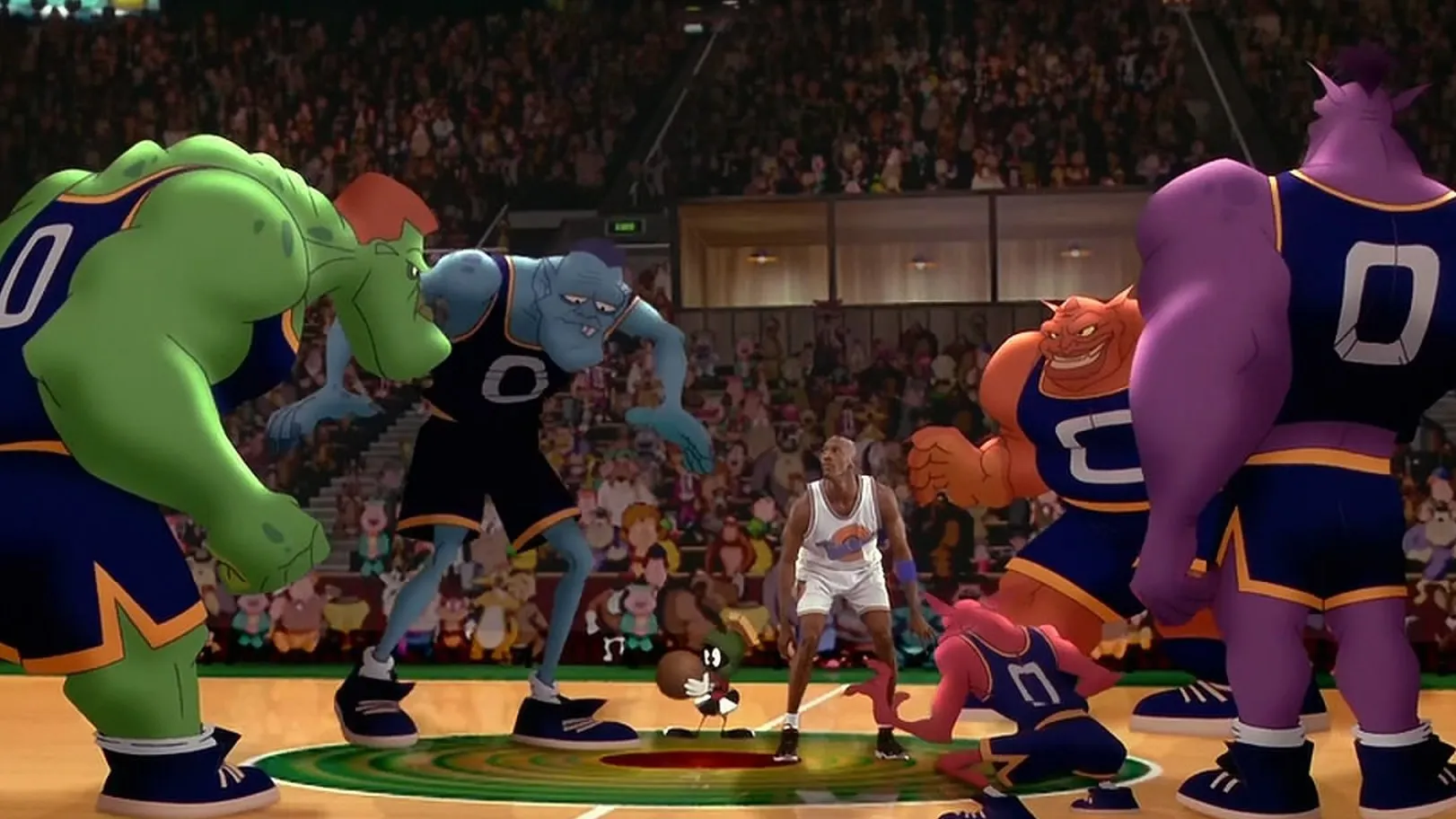
Space Jam (1996)
Combining known characters from the Warner Bros. Looney Toons cartoons, Space Jam sees Michael Jordan and other famed basketball stars pitted against various toon characters in a game for the very freedom of the cartoon universe. Most of the live action characters play themselves with only a few actors playing fictional characters. The plot centers around a failing outer space amusement park and a plot to kidnap and force Buggs Bunny, Daffy Duck and the other Looney Toons characters to be held as attractions and revitalize the ailing business. The “Tunes” universe is at the center of the Earth and Buggs is able to convince his kidnapper to a basketball game challenge and in order to win, pulls Jordan into the Tuneverse.
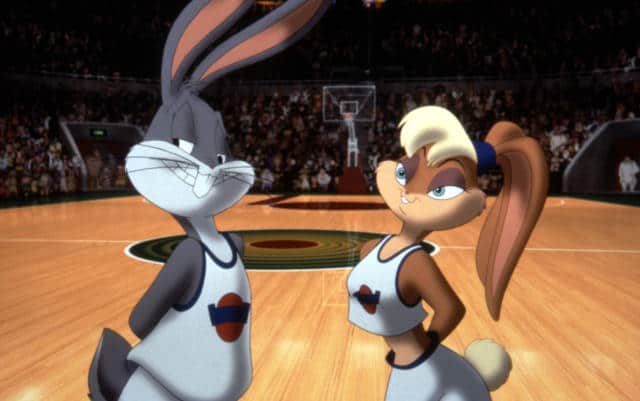
This was a financial success with a box office total hitting $250.2 million against an $80 million budget. Critical success wasn’t quite that kind with the film getting mixed reviews based mainly on the performances of the live actors / athletes. But the zany comedy was well appreciated and made for an entertaining film.
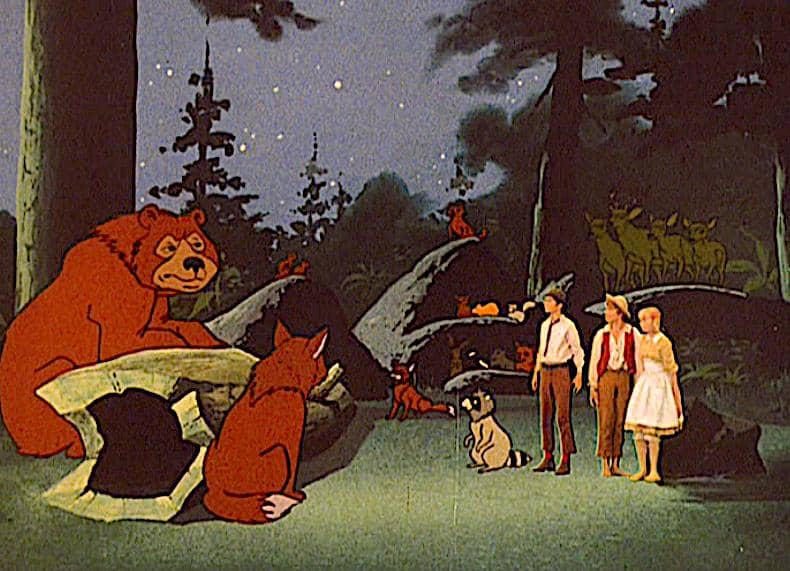
The New Adventures of Huckleberry Finn (1968)
The infamous Tom Sawyer, Huckleberry Finn and Becky Thatcher are on the run from “Injun Joe” who vows revenge on the two boys for testifying against him. To escape his vengeance, they run into a cave and find themselves in an animated world. Although they never acknowledge that what they are seeing is cartoons, so the audience must accept that to the characters what they are seeing is meant to be real. Each week, the characters travel to some new exotic land in search of a way out of the cave and back home to Hannibal, Missouri. Each episode had a main antagonist that always resembled Injun Joe, voiced by Ted Cassidy, the characters do acknowledge the similarity, but an explanation is never given, nor do we ever find out if they make it back home, as the series only lasted one season.
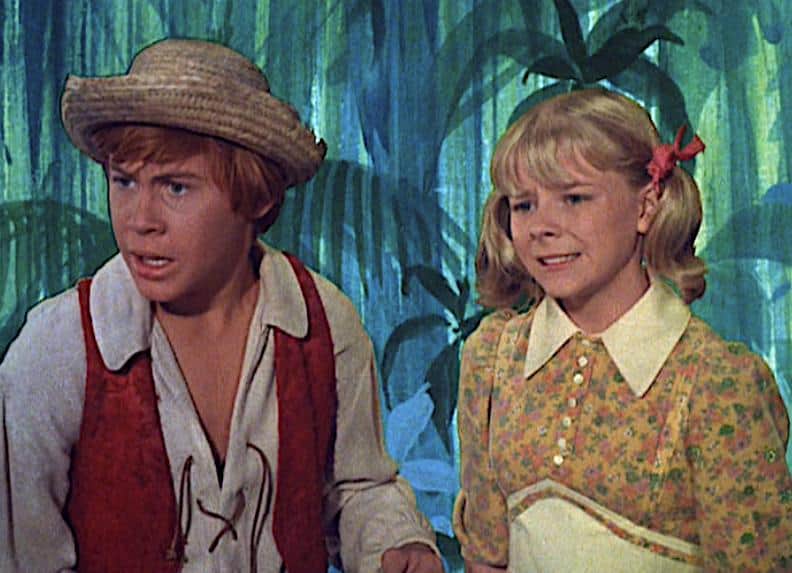
The show did not air in a normal cartoon timeslot, but at 7pm on Sunday nights. The series combined live action with animation with the purpose of appealing to both young and older audiences and was one of the most expensive shows of its time. This production precedes the now common green screen and used a blue backdrop to film the three main characters live action scenes, with the three children actors needing to learn how to act against characters that weren’t there yet. All three do an amazing job. After its initial run, the show aired on The Banana Splits and Friends Show.
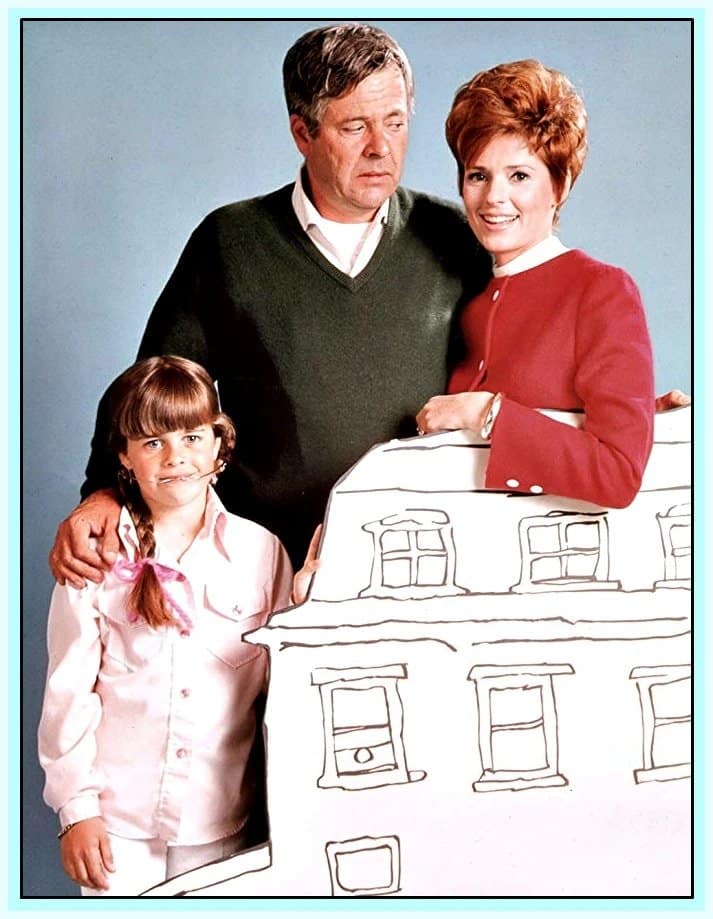
My World and Welcome to It (1969)
The last entry in this article is also the most unique. Based on the cartoons by James Thurber, this television sitcom stars William Windom as John Monroe, a Thurber-like magazine cartoonist who lives with his wife, daughter and two dogs, all of which he says he hates, but you can tell he loves dearly. The animation is a fabrication of his own imagination and only he can see it. They are often commentaries on what is happening or pieces of fanciful storytelling when speaking to his daughter. Much is made of how those with imagination are often misunderstood but also easily distracted.
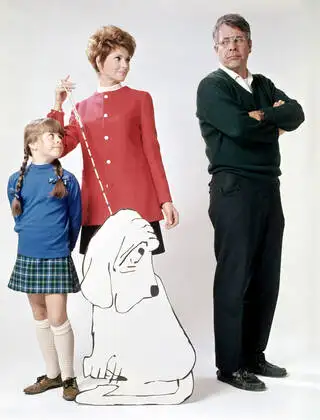
This is one of those shows where the original pilot starred a completely different cast and had a very different vibe and for the better an entire revamp of the show was done with the end result being a ironically funny and somewhat touching show about a man with an overactive imagination trying to live his life. Having taken place in the late sixties, it is sexist and a bit darker than I was expecting.
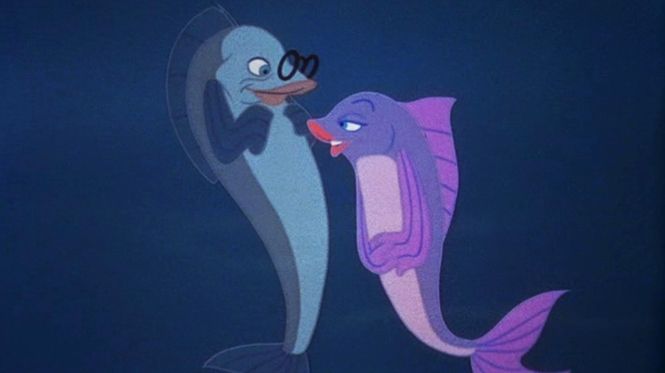
The Incredible Mr. Limpet (1964)
In 1941, Henry Limpet (Don Knotts), a shy bookkeeper absolutely loves fish and wishes he could be one. With World War II ramping up, Henry tries to enlist, but is rejected due to his eyesight. And while on vacation with his wife and best friend, he falls into the water and gets his wish, he becomes a fish. Not just any fish, but one with a powerful roar. The shy man finally becomes a hero as he, and his other animated friends help foil the efforts of German U-boats, also finding his real love, Ladyfish.
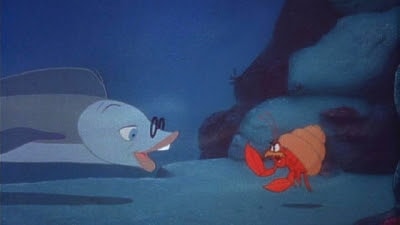
This was one of my favorite movies as a kid and I have very fond memories of watching it. The mixture of live action with animation seemed to fit right in with the story and definitely appealed to a little kid in the early 70s.
The intertwining of live action with animation can be done to fill in a setting or introduce characters that could not otherwise be portrayed, at least at the time of filming but it can also add to the story when the characters acknowledge that they are dealing with animated characters and the extreme cartoon characteristics that we often see in older slapstick animations. There is no way I could list all of the many productions that utilize this technique, so I will save some for a later article, especially those from the Walk Disney studios like Bedknobs and Broomsticks, Mary Poppins, and Pete’s Dragon all of which are favorites of mine and deserver their own article.





